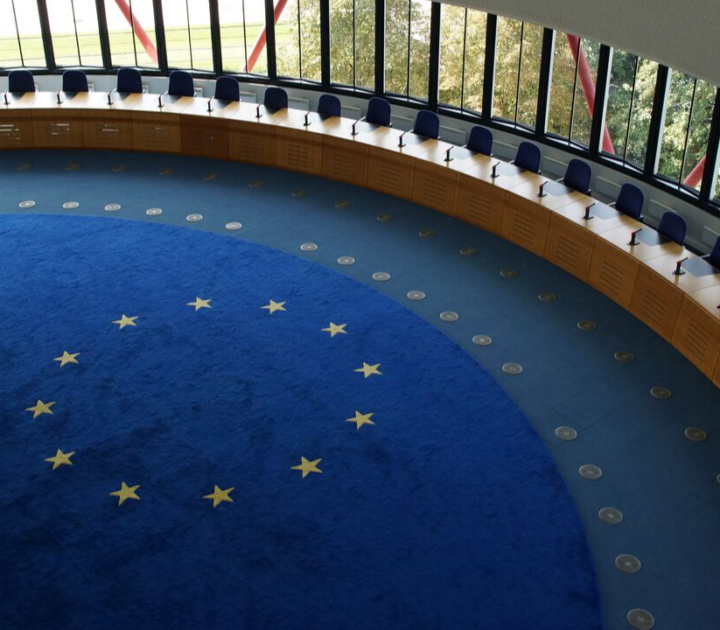
Organizations need two diversity & inclusion policies – one for people and one for the planet
In recent years, many organizations have implemented Diversity & Inclusion policies. Sometimes this is done because everyone else is doing it and to ‘tick the box.’ Sometimes it is done because the company considers it the right thing to do. Sometimes it is done because it delivers better financial performance. Sometimes it is done to both attract and retain talent, and sometimes it is done for a mixture of the above reasons.
Recently, Iceland passed a law requiring companies to prove they pay employees of both genders equally. By 2022, they hope that the gender pay gap will be closed. In March 2019, Philip Morris International became the first international company to be certified globally for equal pay by the independent third-party EQUAL-SALARY Foundation.
The research here is clear: There is a correlation between diversity (defined as a greater proportion of women and ethnically/culturally diverse individuals) in the leadership of large companies and financial outperformance. Companies in the top-quartile for gender diversity on executive teams were 21% more likely to outperform on profitability and 27% more likely to have superior value creation. The highest-performing companies on both profitability and diversity had more women in line (i.e., typically revenue-generating) roles than in staff roles on their executive teams.
Whilst progress has been made on the Diversity & Inclusion front in the past few decades, there is still a considerable amount of work to do. On March 14/15, IMD Business School hosted an LGBTQ event where speakers and participants shared both inspiring stories and the significant challenges they still face within corporations. According to a study by McKinsey, companies in the top-quartile for ethnic/cultural diversity on executive teams were 33% more likely to have industry-leading profitability. That this relationship continues to be strong suggests that inclusion of highly diverse individuals – and the myriad ways in which diversity exists beyond gender (e.g., LGBTQ+, age/generation, international experience) – can be a key differentiator among companies.
We are richer, more humane, more productive and more sustainable when we embrace diversity and inclusion in organizations.
Now, let us extend the concept of diversity and inclusion more broadly from that of people and organizations to species and our planet. When we view earth through the D&I lens, the situation is even more critical and more urgent.
Dramatic losses in biodiversity threaten our very existence. Some key statistics from scientists include the facts that:
- The Earth is undergoing a “mass extinction event,” the first since the dinosaurs disappeared some 65 million years ago, and only the sixth in the last half-a-billion years.
- About 41% of amphibian species and more than a quarter of mammals are threatened with extinction.
- About half of coral reefs have been lost in the last 30 years.
- Globally, monitored populations of birds, mammals, fish, reptiles and amphibians have declined in abundance by 60% on average between 1970 and 2014.
Research Information & Knowledge Hub for additional information on IMD publications

in I by IMD 10 April 2024

IMD World Competitiveness Center Report, 8 April 2024

in I by IMD 22 March 2024

in I by IMD 22 March 2024

in I by IMD 20 March 2024


Research Information & Knowledge Hub for additional information on IMD publications
Research Information & Knowledge Hub for additional information on IMD publications
Research Information & Knowledge Hub for additional information on IMD publications
in I by IMD 10 April 2024
Research Information & Knowledge Hub for additional information on IMD publications
IMD World Competitiveness Center Report, 8 April 2024
Research Information & Knowledge Hub for additional information on IMD publications
Research Information & Knowledge Hub for additional information on IMD publications
in I by IMD 22 March 2024
Research Information & Knowledge Hub for additional information on IMD publications
in I by IMD 22 March 2024
Research Information & Knowledge Hub for additional information on IMD publications
in I by IMD 20 March 2024
Research Information & Knowledge Hub for additional information on IMD publications
Research Information & Knowledge Hub for additional information on IMD publications
Case reference: IMD-7-2282 ©2022